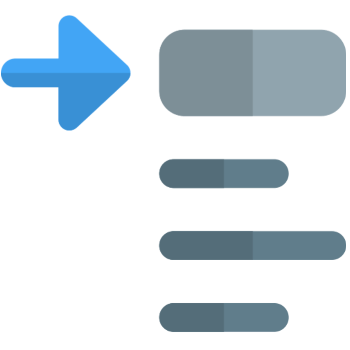
When you’re new to writing sales copy, it can feel a bit daunting trying to remember what all needs to go on the page to convert a visitor into a buyer. But once you learn the fundamental elements that help inform and sway your audience, you’ll be able to utilize them repeatedly to grow your business.
The great thing is, you get to decide, based on what you’ve seen in the marketplace and what you feel comfortable with, what to put in your own copy. You can even split test the page to see what works best – one headline versus another or three testimonials versus zero, for example.
Creating Your Main Headlines

When you’re working with your primary (larger) headlines, you’ll often see certain strategies being implemented in niche marketing. For example, one common starter headline used to be “Who else wants to…?”
Another thing you can do is ask a question or discuss the biggest benefit or pain point that a person viewing your page might have. You can find books on Amazon and elsewhere that do nothing but teach you the strategy of writing persuasive headlines, and many will have built in swipes for you to use when tailoring them to your own niche.
You can also find free swipe files online that you can tweak.
What Will Your Storyline Contain?

After your major headline(s), you’ll typically have your main storyline. This is where you introduce the slant and tone of your sales letter. You might be all hype talking about money or pounds lost.
You might have the demeanor of a drill sergeant or that of a coddling, kumbaya leader. This is where the prospective customer will gain some insight about what kind of product (and person) they’re about to encounter.
With storyline, you’re making that connection that builds trust between you and the consumer. You’re letting them know you understand their problem and that you have enough empathy to help them through it.
Drilling Down Into Specifics with Sub-headlines

While your main headline will discuss the biggest issue, like earning money or losing weight, your sub-headlines can dig down into some of the other aspects of their pain points.
Think about the benefits, for example. Earning more money does many things – gives them peace of mind, helps them live the life they want with vacations, cars, homes, etc. It allows them to be their own boss.
When you have sub-headlines talking about different things, the consumer can scroll past items they don’t care about and find the ones they do. It may also give them insight into things they hadn’t considered yet.
Make sure that in your sub-headlines, you’re giving everything away. You want it to plant a seed or an idea in their minds of what they’ll gain by buying your product. Some marketers go too far and say too much in their copy.
Using Testimonials in Your Sales Copy

Testimonials are not necessary to your sales copy, but real ones probably do help to convince buyers that you and your products are legitimate and worthy of consideration. If you don’t have any natural testimonials, you can solicit them.
If possible, ask them to provide a video testimonial, because those are always more effective. Don’t use phony stock photos and make up testimonials. This almost always gets found out and then you ruin your reputation because customers won’t trust you anymore.
Gather Your Statistics To Boost Confidence In Your Product

Statistics and numbers can be very convincing when it comes to strengthening your sales copy. It verifies your information and advice from outside sources and supports your recommendations.
For example, you might find a statistic that says 8 out of 10 people succeed with one diet while only 4 out of 10 succeed long-term with another. That’s a fact that would give the consumer more certainty that they’re choosing the right one.
Failure statistics are also effective. If you can say that 70% of people fail when they do something, it’s a warning to readers that they need to avoid that and do something else (whatever it is you’re recommending).
One statistic you can look up is the number of sufferers or people in the same boat as someone else. For example, over 300 million people worldwide have diabetes. Talk about if the problem is growing or if it’s getting under control.
We’ll continue this in part 2, but in the meantime if you want to have great results writing highly converting copy , you need to understand that this is difficult for many people as there are so many mistakes that can have a dramatic effect on conversions.
To help you avoid these mistakes, take a look at the featured resource below where you can download a copy of a free report, Copywriting Blunders, so you will be forewarned. Download, read it and take action 😊







